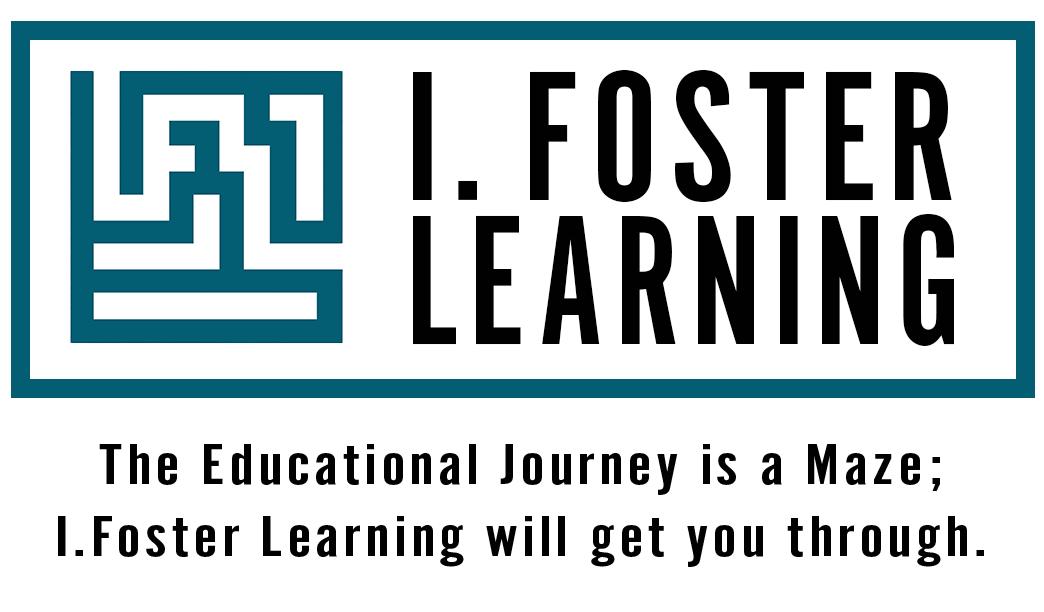Change your mind(set)
This is the time of year when students start receiving grades from the first marking period or trimester; it’s also when students start taking admissions tests for entrance to everything from middle school (ISEE, SSAT) to college (SAT, ACT). This can be a time of reflection for both students and parents: what’s gone well and how can we reproduce it? Or, what needs to be addressed and how can we tackle it? This month, we wanted to focus on the importance of student mindset shifts.
One critical aspect for students to realize is that learning and performance are context-specific. It’s very important to consider the evaluative frame surrounding their tasks: they’ll be rewarded for different behaviors and skills, depending on what they’re working on. In English and History classes in school, it’s important to employ careful listening, in order to respond to and synthesize the contributions of others. It’s appropriate - even necessary - to draw on outside knowledge in order to make connections to other works of literature, or the students’ own life experiences. Space is preserved for nuance and for differing opinions: the collaborative student succeeds with this way of thinking. However, multiple-choice tests such as the ISEE and SAT exist in a completely different learning and performance context. There’s a right answer and there are a few wrong answers, and it’s not up for debate! This can be frustrating for students who employ the classroom mindset: we often see students trying to “forgive” a wrong answer: “but this portion of the answer is correct!” We say to students engaging with standardized tests, if it’s 1% wrong, it’s 100% wrong - shifting their mindset from noticing and promoting rightness (classroom mindset) to noticing and eliminating wrongness (test mindset). Something similar happens in Math - teachers often give students partial credit even for incorrect answers, if the student has demonstrated a general understanding through their shown work. The SSAT and ACT have no such partial credit! In fact, taking pains to employ a thorough, step-by-step process that a math teacher in school would reward will actually incur a stiff penalty on standardized tests: this mindset will make the student run out of time! Additionally, a math teacher might take umbrage with a student trying each multiple-choice answer until one works - but these standardized tests give full marks for a correct answer discovered this way!
We want to emphasize that any one way of thinking is not necessarily better or worse than another: it depends on the surrounding context. The student who can recognize a shifting academic frame is prepared to succeed in all of their diverse academic endeavors!
